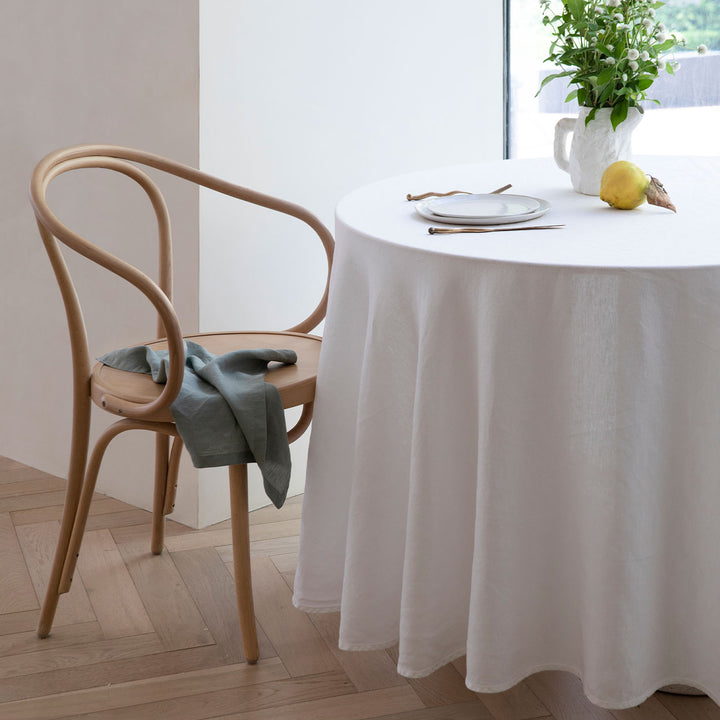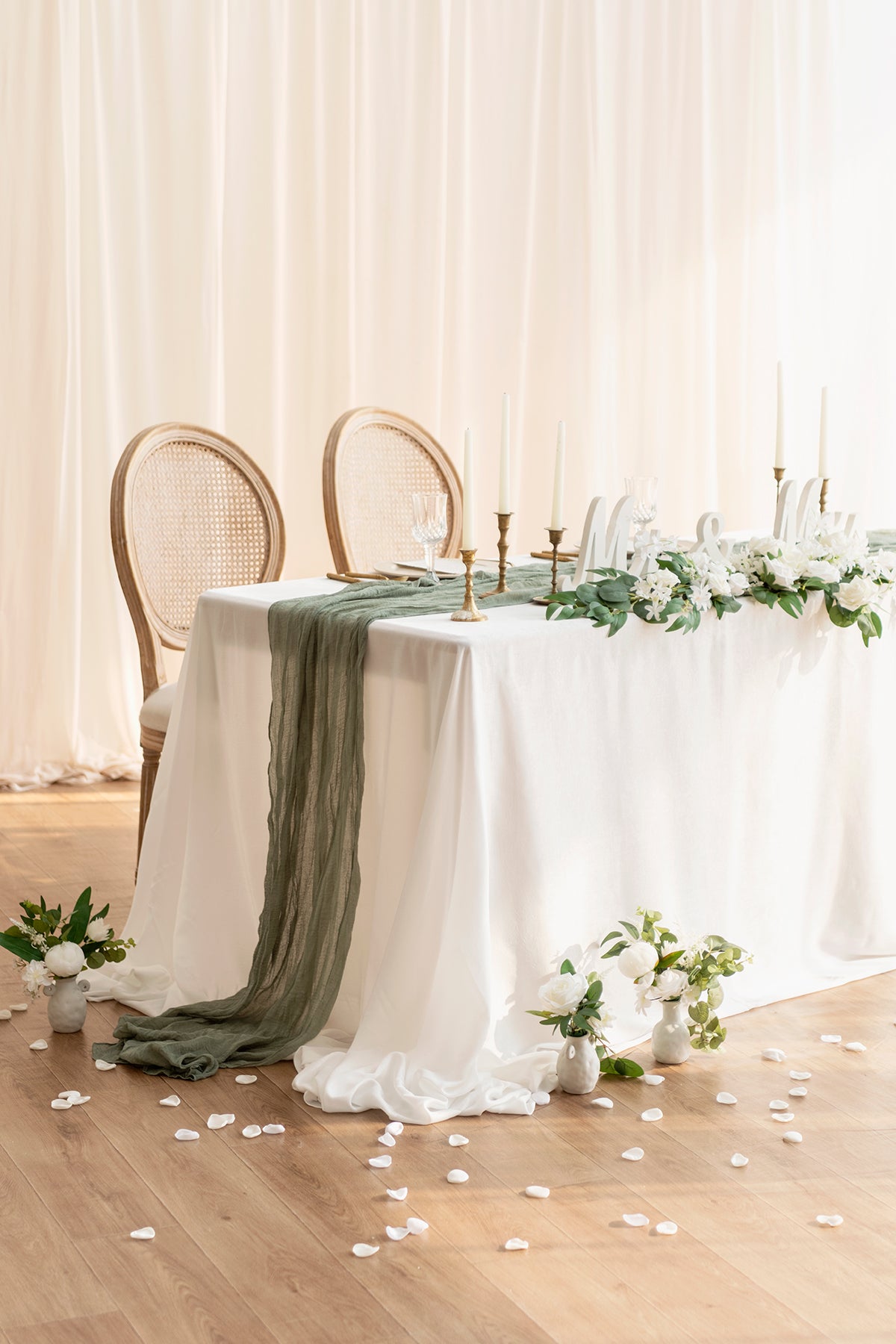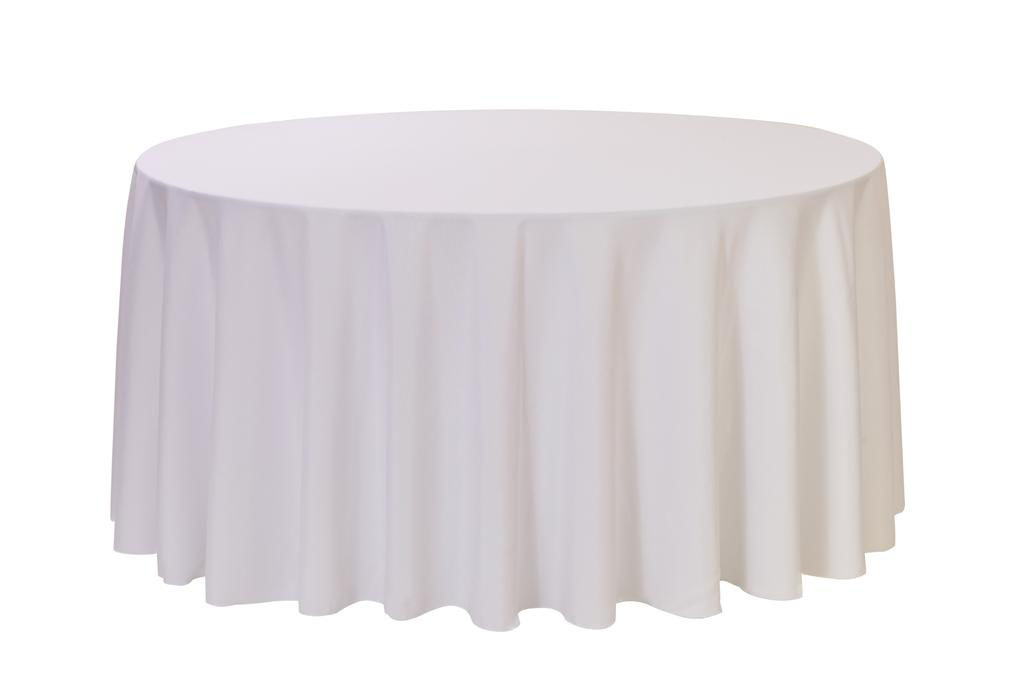Bed Linen Fabric Developments: Exploring Modern Trends and Creative Applications in Layout and Fabric Industry
From sustainable manufacturing methods to innovative weaving modern technologies, the evolution of linen is improving the landscape of the fabric sector. As we dig into the worlds of imaginative design applications and the development of linen blends and hybrid textiles, a new chapter unfolds in which bed linen's duty in future fabric advancements takes facility phase.
Sustainable Practices in Bed Linen Manufacturing
Lasting methods in bed linen production have come to be increasingly essential in the textile market's initiatives to minimize environmental influence and advertise moral sourcing methods. Bed linen, an all-natural fiber derived from the flax plant, provides a variety of advantages such as breathability, biodegradability, and longevity. However, traditional approaches of linen manufacturing can involve substantial water usage, pesticide use, and energy-intensive processes.
To address these obstacles, many fabric makers are adopting sustainable methods throughout the linen manufacturing procedure. This consists of sourcing flax from natural ranches that avoid dangerous chemicals and chemicals, applying water-efficient retting strategies to remove fibers from the flax stalks, and using environment-friendly dyes and coatings. Furthermore, some companies are spending in renewable resource sources to power their production centers and reducing waste with recycling and upcycling initiatives.
Technological Developments in Bed Linen Weaving
With the growing focus on sustainable methods in linen production, the textile industry is now experiencing a surge in technical developments specifically aimed at transforming the art of bed linen weaving. These technologies are reshaping the means bed linen fabrics are produced, offering enhanced efficiency, top quality, and imagination in weaving techniques.
Among the vital technical advancements in linen weaving is the assimilation of computerized looms. These sophisticated looms are outfitted with software program that enables intricate and detailed styles to be woven with precision. By digitizing the weaving procedure, makers can achieve greater consistency and precision in their linen textiles.
Additionally, innovations in thread spinning innovation have enabled the production of finer and more sturdy linen yarns - table cloths. This leads to softer and smoother linen fabrics that preserve their high quality also after multiple uses and laundries
Furthermore, the advancement of environmentally friendly dyeing processes and surfaces for bed linen materials is acquiring traction. These sustainable methods not only minimize the ecological effect but additionally provide to the increasing consumer demand for ethically created textiles.
Creative Layout Applications for Linen
Ingenious artistic techniques are increasingly forming the creative layout applications for linen in the textile market. Bed linen's natural visual allure and capacity to blend with other materials make it a favorite selection for developing unique garments and devices that cater to the ecologically mindful customer.
In addition, designers are trying out bed linen in home decor, using its durable and breathable nature to craft fashionable furnishings such as drapes, bedding, and furniture. The structure and drape of linen bring a feeling of elegance and convenience to indoor spaces, adding a touch of beauty to modern homes.

Linen Blends and Hybrid Fabrics

Hybrid fabrics, on the various other hand, take the principle of mixing an action further by integrating extra components such as metal strings, recycled materials, or conductive fibers. These innovative textiles not only expand the style opportunities however likewise present functional facets like conductivity, antimicrobial residential properties, or boosted toughness. Crossbreed textiles are increasingly being used in various sectors, consisting of style, interior decoration, and technical fabrics, where the need for multifunctional products is on the rise.
Linen's Duty in Future Fabric Innovations

In the world of future fabric technologies, bed linen is anticipated to be a crucial gamer in the advancement of advanced functional fabrics. Researchers and designers are discovering ways to enhance bed linen's fundamental top qualities with technological developments, such as integrating wise textiles, nanotechnology, and efficiency surfaces. These innovations intend to raise linen's performance qualities, making it appropriate for a more view it comprehensive series of applications, from More Info activewear to safety clothing.
Furthermore, the combination of linen with other natural or artificial fibers opens countless opportunities for creating unique fabrics with one-of-a-kind buildings and performances. By leveraging linen's qualities and checking out cutting-edge blends, the fabric market is poised to present interesting developments that satisfy progressing consumer requirements and sustainability requirements.
Verdict
In verdict, the exploration of lasting techniques, technical developments, imaginative layout applications, linen blends, and its duty in future fabric innovations highlight the continual evolution of linen textile in the modern design and fabric market. With a concentrate on innovation and creativity, the convenience and environmentally friendly nature of linen make it a beneficial product for manufacturers and designers alike, leading the way for additional growths and innovations in the area of fabrics.
As we dig into the realms of innovative design applications and the development of bed linen blends and crossbreed textiles, a brand-new phase unfolds in which linen's function in future textile technologies takes facility stage.
Exploring the fusion of bed linen with other fabrics has actually led to the development of innovative blends and hybrid textiles in the modern textile market. Linen blends provide a special mix of the characteristics of bed linen with those of other fibers, resulting in fabrics that possess boosted properties such as increased resilience, boosted draping, and minimized wrinkling.The evolution of bed linen blends and hybrid materials has actually established the phase for Bed linen to play a pivotal function in driving future fabric advancements.In the world of future textile developments, bed linen is expected to be an essential gamer in the advancement of innovative functional fabrics.